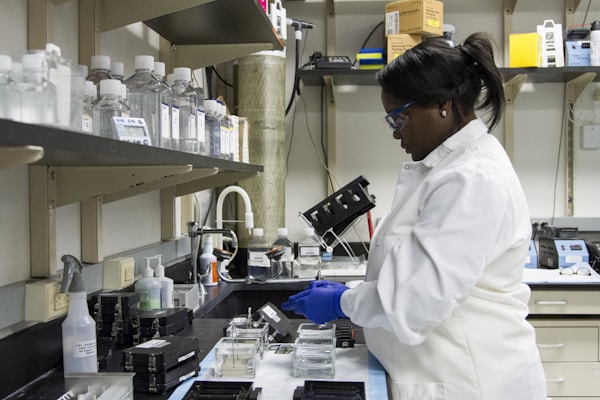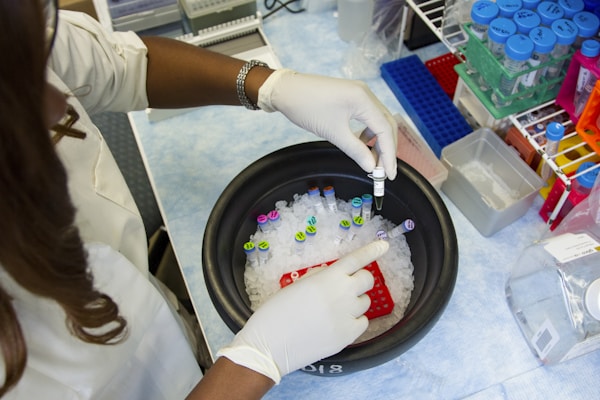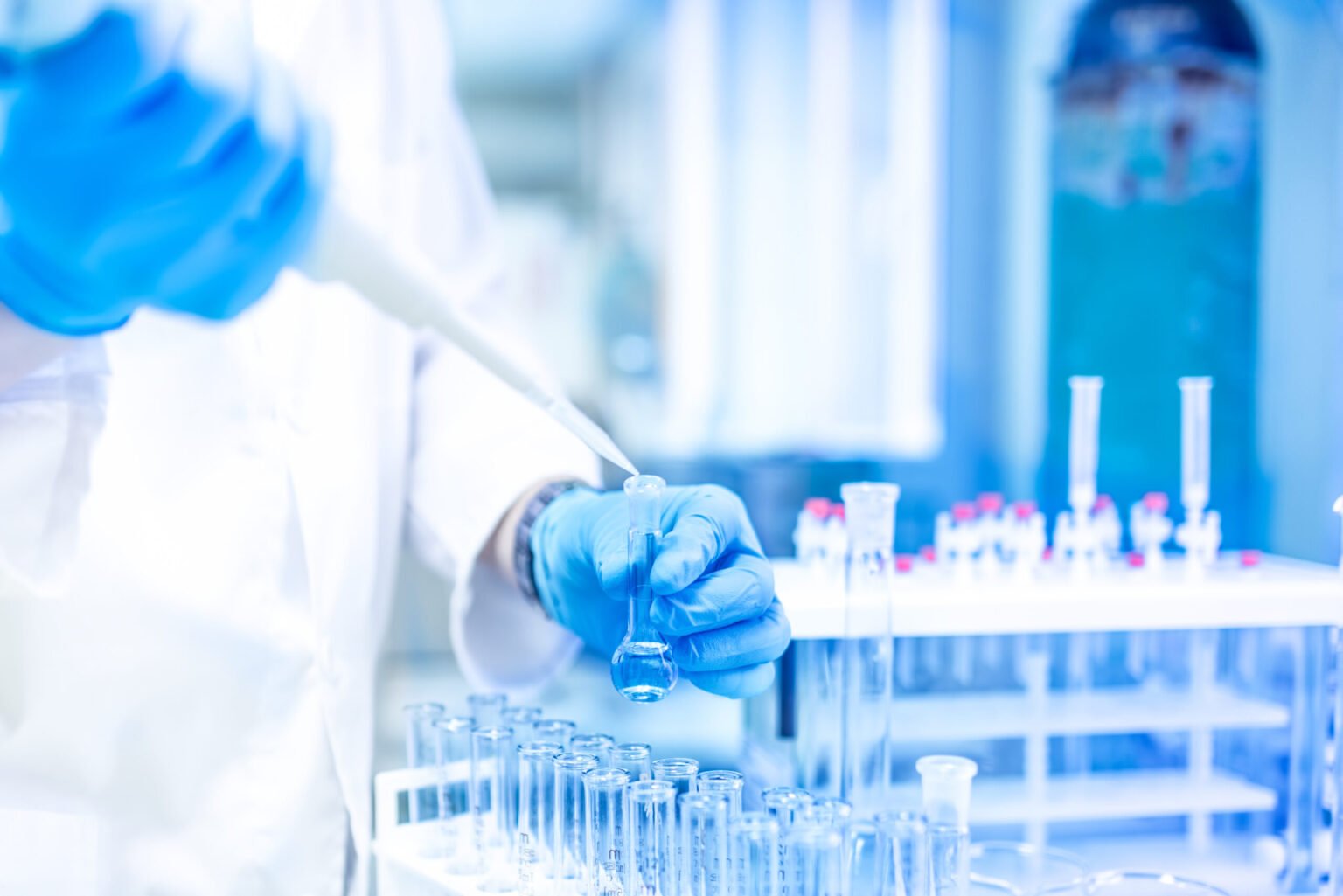Ensuring a sterile environment is vital within the medical industry to prevent infections and enhance patient safety. Maintaining sterility is key to delivering excellent care and providing a safe workspace for healthcare professionals. This article outlines essential tips to help medical facilities maintain a sterile environment effectively. Keep reading to learn more.
Effective Storage and Packaging Solutions

Proper storage and packaging of medical equipment and supplies play a crucial role in maintaining sterility. Ensuring that all products are kept in clean and sealed containers protects them from potential contaminants. One effective solution for preserving sterility is the use of plastic caps to cover the ends of medical instruments and devices. These caps can prevent the entry of dust, dirt, and other contaminants, thus maintaining the sterility of the devices.
It’s also essential to properly label and track inventory to prevent cross-contamination and ensure that all materials are accounted for. Implementing an efficient inventory management system allows for better control over medical supplies and equipment, ensuring that expired or compromised items are removed from circulation.
In addition, medical facilities should prioritize effective organization and storage solutions that keep sterile items separate from non-sterile ones. This includes the use of separate storage areas or designated sections within a shared space, making it easier to maintain a sterile environment.
Strict Adherence to Infection Prevention Protocols
One of the most crucial aspects of maintaining a sterile environment in the medical industry is strictly adhering to infection prevention protocols. This includes practicing proper hand hygiene, such as washing hands thoroughly using appropriate techniques, and using hand sanitizers when necessary. Following these measures reduces the transmission of harmful pathogens, ensuring a cleaner environment for both patients and staff.
It’s also essential for medical professionals to adhere to proper personal protective equipment (PPE) guidelines, including wearing gloves, masks, and gowns when necessary. This helps prevent the spread of bacteria and other pathogens that could pose a risk to the sterility of the environment. Additionally, ensuring that all equipment is adequately sterilized before and after use is key to maintaining a clean workspace.
Proper disposal of waste and sharps is another crucial factor in maintaining a sterile environment. Implementing strict guidelines for waste management and encouraging staff to follow these guidelines ensures that hazardous materials are disposed of correctly, reducing the risk of contamination.
Regular Cleaning and Environmental Monitoring
Constant cleaning and monitoring of the medical environment play a significant role in maintaining sterility. This involves frequently cleaning and disinfecting surfaces, such as countertops, floors, walls, and medical equipment. Healthcare institutions should have a rigorous cleaning schedule in place, with staff trained to use appropriate cleaning agents and techniques to maintain a sterile environment.
Environmental monitoring is also essential to maintain sterility. This involves regularly assessing the air quality, temperature, and humidity within the facility, as these factors can influence the growth of microorganisms. By proactively managing these environmental factors, medical facilities can minimize the risk of infection and ensure a safe and sterile environment for patients and staff alike.
Staff Training and Education

Understanding the importance of maintaining sterility in the medical environment is essential for all personnel. This can be achieved through comprehensive staff training and education programs that emphasize the significance of adhering to infection control practices and providing a safe workspace. Ensuring all staff members are well-versed in the facility’s sterilization protocols and hygiene practices is vital for maintaining a sterile environment.
Regular assessment of staff performance and knowledge should also be conducted to identify any areas for improvement. This can help ensure that everyone in the facility remains up-to-date on the latest infection prevention guidelines and understands their responsibility in maintaining a sterile environment.
Finally, fostering a culture that prioritizes safety and infection control helps with successfully maintaining sterility within medical facilities. Encouraging open communication and collaboration among staff members can help address any issues or concerns regarding sterilization practices, resulting in a safer environment for all.
Maintaining a sterile environment in the medical industry requires a thorough commitment to stringent infection control practices, regular cleaning and environmental monitoring, effective storage and packaging solutions, and ongoing staff training and education.





